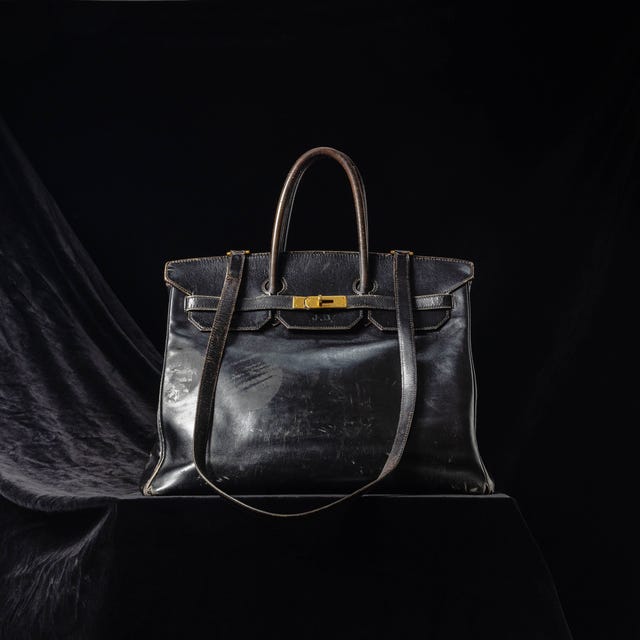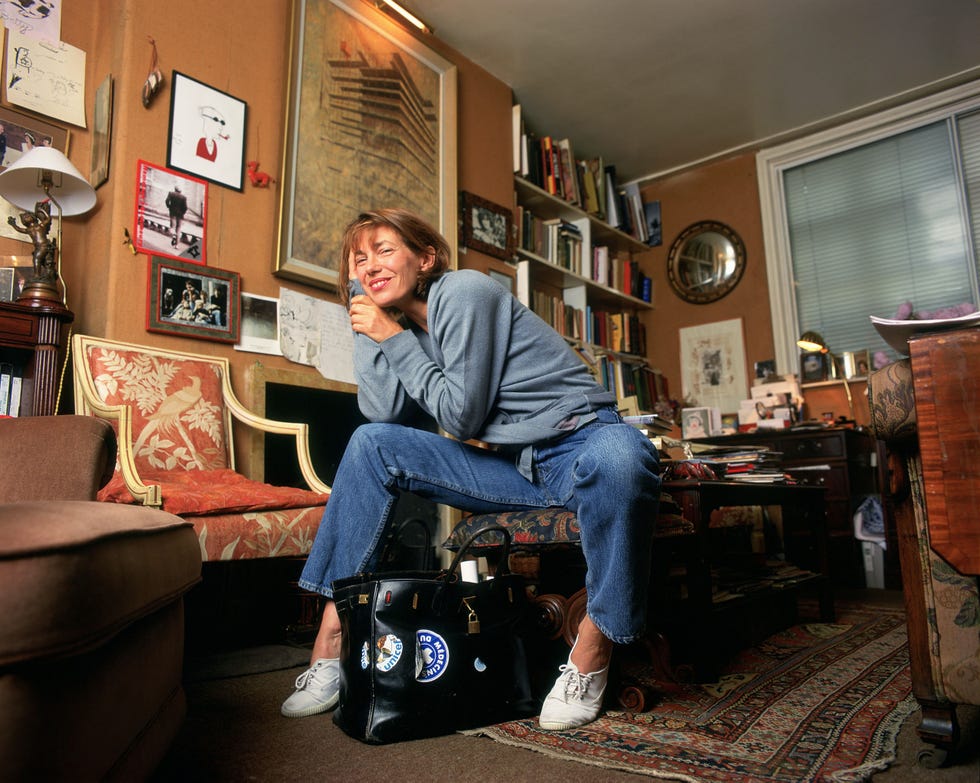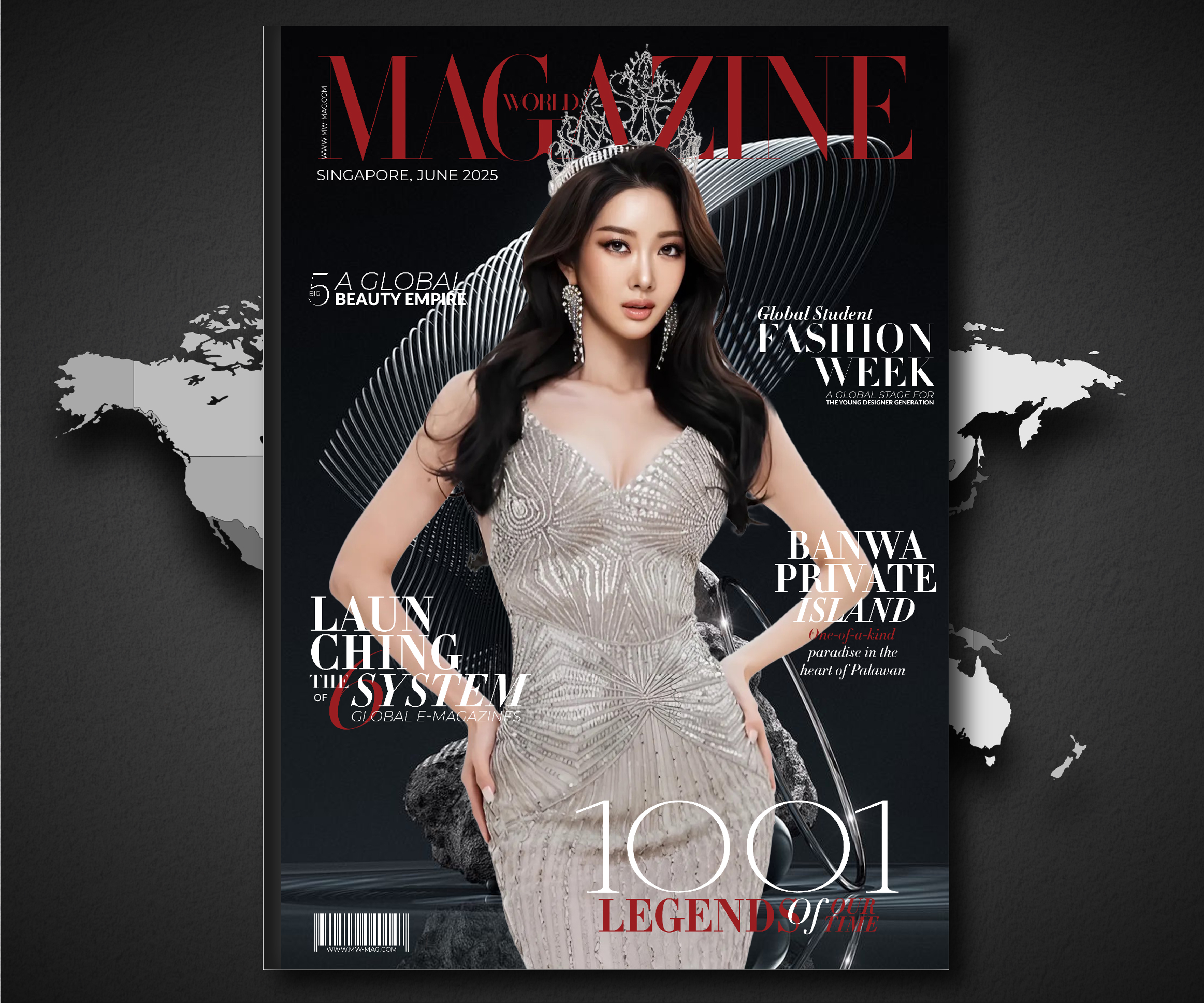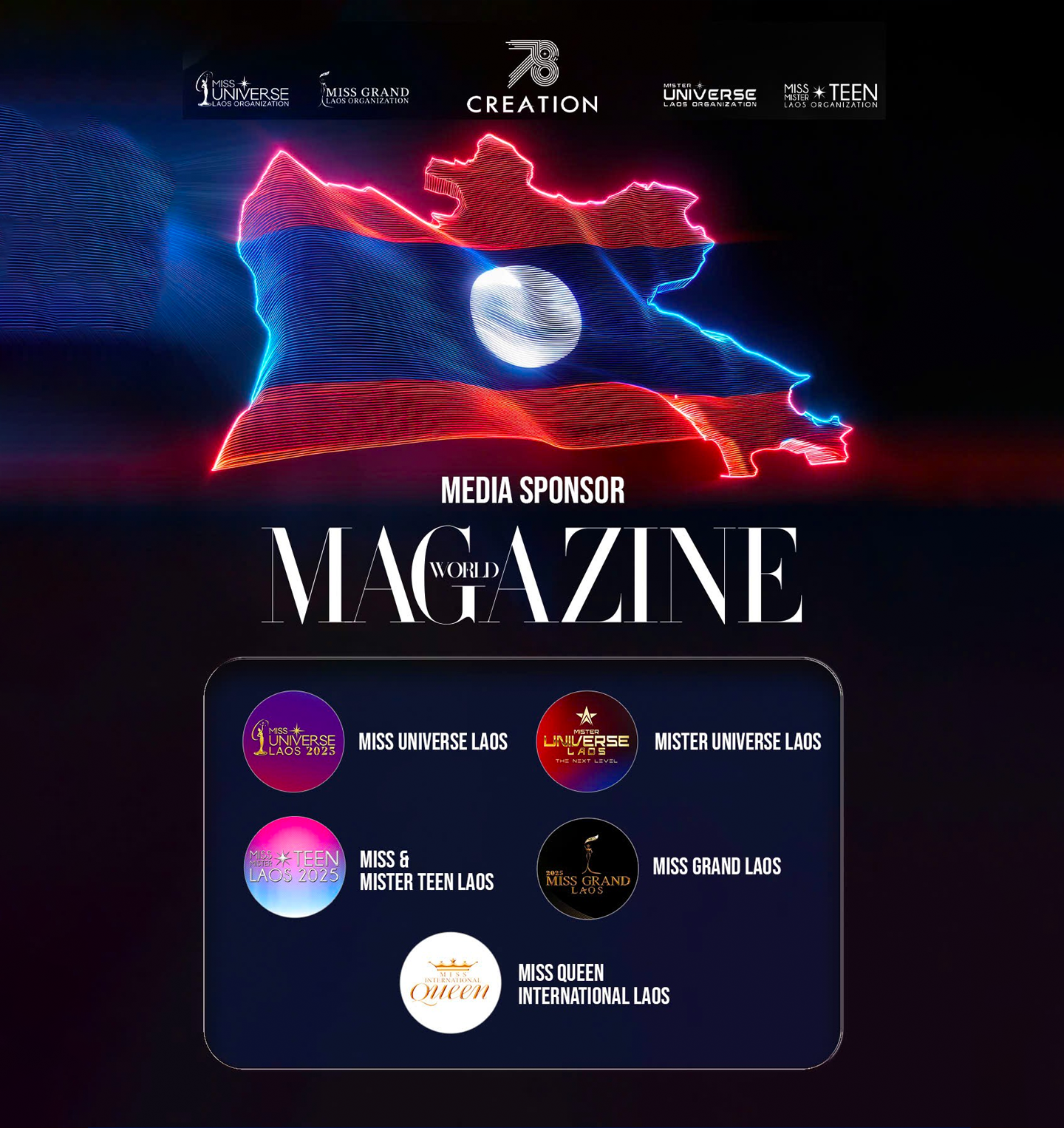Can a handbag become history? Can leather and brass, worn soft by time, carry not just belongings but a cultural legacy? Jane Birkin’s original Hermès bag—the one that started it all—just sold for a staggering €8.6 million (roughly $10.1 million) at Sotheby’s Paris. And while the number alone is headline-worthy, the story behind the bag is what makes it priceless.
The sketch that birthed a fashion icon

It began on a plane in 1981. Jane Birkin, English actress, singer, and fashion muse, sat beside Jean-Louis Dumas, the then–creative director of Hermès. Her straw basket tipped over, spilling its contents. Frustrated, she told Dumas she couldn’t find a proper leather bag that was both beautiful and practical. He listened. And then, quite literally, he sketched a solution on the back of an airplane sick bag.
Three years later, Hermès launched the Birkin bag—structured, spacious, and named after the woman whose effortless style defined a generation. But long before it became the global symbol of luxury and exclusivity it is today, there was one original bag: a chocolate-brown prototype, gifted directly to Jane Birkin. She carried it not like a trophy, but like a trusted sidekick—scuffed, stuffed, and stickered with bits of her life.
In 1994, Birkin donated that exact bag to a French AIDS charity. It quietly changed hands in 2000 when a private collector in Paris acquired it. And then, for 25 years, it vanished from public view—until this July.
When a handbag becomes high art
On July 10, 2025, the original Birkin bag made its auction debut at Sotheby’s, in a curated sale titled “Fashion Icons.” It sparked a bidding war. Nine hopeful buyers vied for it over phone lines and screens, pushing the price higher and higher. When the hammer dropped, it had fetched €7 million, which after fees totaled €8.6 million—setting a new world record for any handbag ever sold.
The winning bidder, a collector in Japan, remained anonymous. But the symbolism of the sale was loud and clear: this wasn’t just about fashion. It was about origin, aura, and story.

“It’s the birth of a legend,” said Morgane Halimi, Sotheby’s Global Head of Handbags. “You’re not buying a bag—you’re buying a moment that changed the course of luxury history.”
Seven subtle details that rewrite the rules
If modern-day Birkins are pristine, polished status symbols, the original is anything but. It’s rugged, lived-in, and gloriously human. Sotheby’s revealed seven distinct features that make this prototype unlike any Birkin that came after:
- A non-detachable shoulder strap—never seen again in future designs.
- A hybrid size: the width and height of a Birkin 35, but the depth of a 40.
- Raw brass hardware—not gold-plated, but quietly gleaming.
- Closed military-style loops—a callback to earlier Hermès travel bags.
- Miniature base studs, noticeably slimmer than later versions.
- An Éclair zipper—before Hermès switched to Riri zippers in the 1990s.
- And hidden under the flap: “J.B.”, embossed discreetly, like a signature on a canvas.
Still clipped inside is something unmistakably Jane: a nail clipper. She famously saw bags as tools, not trophies. Her Birkin wasn’t just carried—it was lived with.
A symbol of personal style over perfection
The modern Birkin is often kept in boxes, insured, and handled with gloves. But Jane Birkin’s bag was a rebellion against that kind of reverence. She once described the Birkin as “heavy” and “full of junk”—she didn’t just carry hers, she beat it up. She scribbled on it with marker pens. She dangled lucky charms from its handles. She made it hers.
That contradiction—between utility and luxury, rawness and refinement—is what made her style iconic. And it’s why this particular bag transcends accessories and enters the realm of cultural artifacts.
It also reveals a deeper shift in how we value fashion. Increasingly, we’re not just paying for craftsmanship or materials. We’re paying for story, for aura, for the idea of being connected to something (or someone) legendary.
What this sale says about where fashion is heading
This $10.1 million auction isn’t just a record-breaker—it’s a roadmap.
In a market obsessed with newness, this sale underscores the growing allure of provenance. The idea that where something comes from—who owned it, how it was used, what it meant—can far outweigh what it’s made of. The Birkin bag started as a practical solution for a woman who didn’t want to fuss over fashion. Decades later, it’s the most coveted bag on Earth.
And yet, it’s not pristine condition that made it desirable. It’s that it was hers. Touched, traveled, loved.
In a time when fashion sometimes feels detached from reality, this bag pulls us back to something real: the intimate relationship between a woman and what she carries with her. Her needs. Her habits. Her everyday beauty.
Conclusion: A bag that became a biography
So yes—a handbag just sold for over ten million dollars. But it wasn’t just any handbag. It was the handbag. The prototype. The lived-in legend. And above all, a physical, tactile trace of Jane Birkin herself—her spirit, her style, her signature lack of fuss.
It was never meant to be perfect. It was meant to be personal.
And now, decades later, we’re still captivated not by its shine, but by its story.




